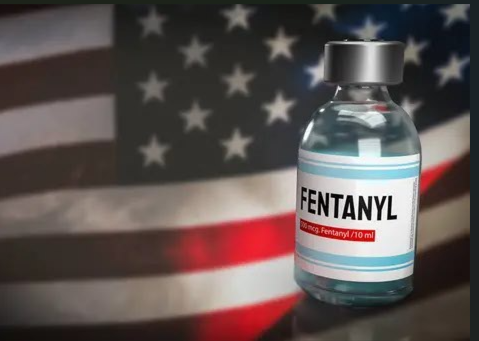The Advantages of CTPAT Membership: Security, Efficiency, and Trade
In an increasingly interconnected global economy, ensuring the security of supply chains is more important than ever. The Customs Trade Partnership...
3 min read
Admin : Dec 6, 2023 2:26:45 PM

One of the key responsibilities of the Designated CTPAT Security Coordinator for your company is to make sure the CTPAT program submitted to the CBP is implemented accurately and on time. And if you are the lucky person with this job, you know how difficult it can be to “herd the cats” and make this all happen. Below we discuss a couple of tips on how to get involvement and buy-in from executives, management, and any others involved in implementing your CTPAT processes. We also talk about some of the more common pitfalls we see over and over again during validation season because the submitted CTPAT program was not implemented properly. What can you do to make sure these don’t happen?
A new point of emphasis with the recent MSC is to make sure that all levels of management from the CEO’s office down to the newest associate understand the commitment that your company is making to uphold CTPAT membership regulations. The first thing we suggest is that the CEO or other important executive officer sign what is called a “CTPAT Statement of Support.” Here is a link where you can download the CTPAT Support template. Make sure this is available to your CBP Supply Chain Security Specialist (“SCSS”) if asked – and most likely, they will ask for it. If your CEO is unaware of the value of CTPAT, you can always download our Veroot Whitepaper here on the value of CTPAT for your organization. This will also solidify the importance and value of the membership, allowing the executive staff to feel confident with their decision to support the CTPAT program from the top down.
A key area to get buy-in is to make sure that everyone in the organization that handles or routes cargo has proper CTPAT Security Awareness Training. This keeps everyone on the same page, and the CBP will ask for a CTPAT training log for your employees and associates. Sometimes it is necessary to make sure managers understand the importance of this training so they don’t let it slide. If necessary, you can show them a snippet of regulations indicating that annual CTPAT Training is a “must” for the team:
Another group of team members you will want to bring into the discussion is anyone who works in the warehouse or physically handles cargo. Items such as the Cargo Pickup Log, Visitor Log, 7/8 Point Inspection, and Seal Logs are often left unimplemented by the warehouse staff. It is critical that a CBP-approved Cargo Pickup Log, which contains all the necessary information (see more about the Cargo Pickup Log and Visitor Log here), be utilized for every shipment. Also, all seals must be managed using a Seal Log, and all containers stuffed using the 7/8 Point inspection process and sign-off verification worksheet. Please make sure your team members are aware that these are critical commitments as the CBP will ask for evidence of these processes by asking for a picture or scan of a recent log. If you do not implement these processes your CTPAT Membership may be suspended or revoked!
Another way to spread the message and make sure your CTPAT Program is fully implemented is to make sure your facility manager is well educated on CTPAT’s requirements involving physical security like fencing, gating, locks, alarms, and cameras. Make sure this person is using an Alarm and Camera checklist to regularly review the security equipment in your facility to make sure it operates properly.
And not to be forgotten, is the Human Resources team which must implement a standard employee onboarding process. This includes some type of application, reference check, onboarding checklist, code of conduct, and an employee separation checklist for when they leave. If you don’t have such processes developed, make sure the hiring manager gets them in place!
It may be very helpful to pull in each of these folks we described into a regular CTPAT-focused management meeting to make sure all these metrics are being met. It is often handy to slide this agenda into a quarterly or annual review meeting to make sure you have a captive audience. Logging the result of this meeting will also fulfill another CTPAT pre-requisite which is the annual “CTPAT Management Review”, which may also be requested by your SCSS.
We hope this information helps you build a strategy for deploying your CTPAT program in a way that is both sustainable and understood by the entire company. Naturally, if you need help with any of the processes or more information on CTPAT in particular, the Veroot team can help. Our CTPAT Software helps hundreds of companies automate all the components of CTPAT maintenance we detailed above, and our team of highly experienced consultants is available to help develop a customized program management game plan that makes the most sense for your organization. Get started today by filling out a contact form by clicking the link below!

In an increasingly interconnected global economy, ensuring the security of supply chains is more important than ever. The Customs Trade Partnership...

In recent years, the United States has been grappling with an alarming surge in the fentanyl and opioid crisis, casting a somber shadow over...

One of the frequent questions we get asked as consultants and software providers for Customs Trade Partnership Against Terrorism (“CTPAT”) is “How do...